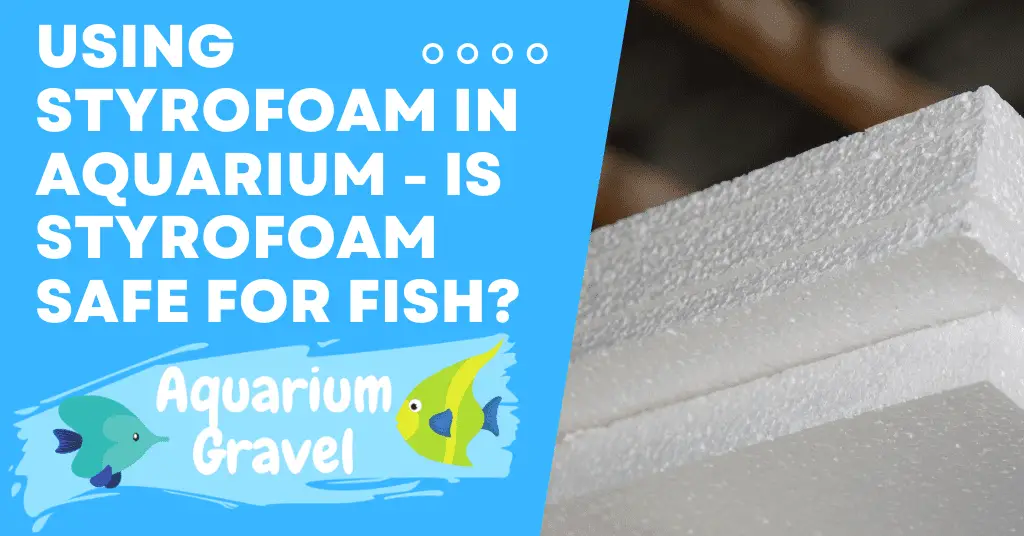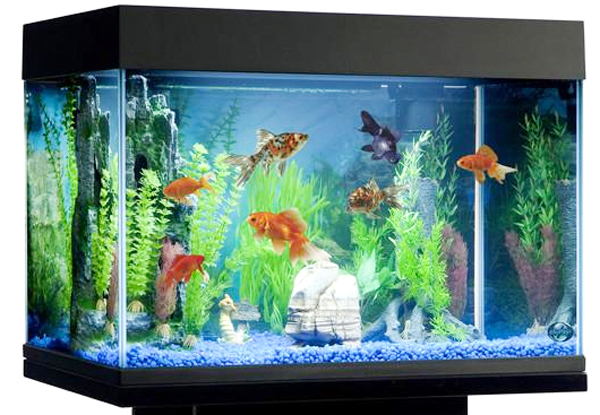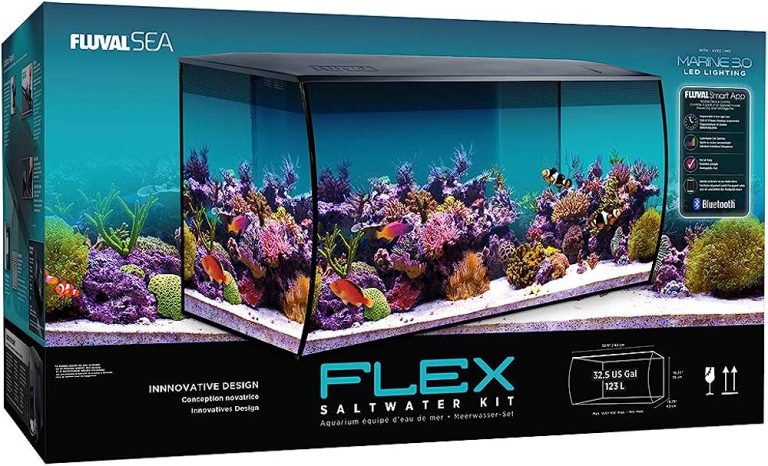Is Styrofoam Aquarium Safe
Is Styrofoam Aquarium Safe?
Styrofoam is a widely used material known for its insulation properties. It’s commonly found in packaging, construction, and even in aquarium setups. However, when it comes to using Styrofoam in an aquarium, many aquarists are left wondering whether it is safe for their aquatic pets. In this article, we will delve into the topic and explore the safety aspects of Styrofoam in aquariums.
Styrofoam is typically used in aquarium setups to create a lightweight and structurally sound base for the tank. It is used as a cushioning material to support the weight of the aquarium and provide a stable surface. However, there are concerns about whether Styrofoam can release harmful chemicals into the water, potentially endangering the fish and other aquatic life.
Is Styrofoam aquarium safe? The short answer is yes, Styrofoam can be safe to use in aquariums if certain precautions are taken. Let’s dive deeper into the topic to understand the implications and ensure the safety of our aquatic pets.

The Safety of Styrofoam in Aquariums
1. Chemical Leaching
One of the primary concerns with using Styrofoam in an aquarium is the possibility of chemical leaching. Styrofoam is made up of polystyrene, a synthetic polymer that can break down in the presence of water and release potentially harmful chemicals.
However, it is important to note that most modern aquarium-safe Styrofoam is designed to be leach-resistant. Manufacturers have taken steps to ensure that the Styrofoam used in aquariums is chemically stable and does not release harmful substances into the water. Look for Styrofoam specifically labeled as aquarium-safe to minimize any risks.
2. Mechanical Stability
Styrofoam provides excellent mechanical stability when used as a base for an aquarium. Its lightweight nature makes it easy to work with and reduces the overall weight of the setup. Additionally, Styrofoam absorbs vibrations, providing a cushioning effect that helps protect the tank and prevent stress on the glass or acrylic.
When using Styrofoam as a base, make sure to properly support the weight of the aquarium. Distribute the weight evenly and use multiple layers if necessary. This will prevent any unwanted stress points on the tank and ensure the long-term stability of the setup.
3. Compatibility with Other Materials
Another important consideration when using Styrofoam in an aquarium is its compatibility with other materials. Styrofoam can react with certain adhesives, paints, and sealants, releasing toxic substances into the water. It is crucial to use aquarium-safe materials when working with Styrofoam to avoid any potential hazards.
Always read the labels and ensure that the products you use are specifically formulated for aquariums. When in doubt, consult with experienced aquarists or professionals who can guide you in using the appropriate materials for your aquarium setup.
4. Potential Habitat for Harmful Bacteria
While Styrofoam itself does not pose a direct threat to the aquarium ecosystem, it can provide a potential habitat for harmful bacteria. The porous nature of Styrofoam allows bacteria to colonize and multiply, which can lead to water quality issues and health problems for the aquatic inhabitants.
To mitigate this risk, thoroughly clean and sterilize the Styrofoam before incorporating it into your aquarium. You can use a diluted bleach solution or other aquarium-safe disinfectants to ensure that any potential bacteria are eliminated. Rinse the Styrofoam thoroughly with freshwater and allow it to dry completely before installation.
Frequently Asked Questions
1: Can I use regular Styrofoam from packaging in my aquarium?
No, it is not recommended to use regular Styrofoam from packaging in your aquarium. The Styrofoam used in packaging is not designed to be in constant contact with water and may contain additives or chemicals that can be harmful to aquatic life. Always choose aquarium-safe Styrofoam for your tank setup.
2: Can I paint or seal Styrofoam in my aquarium?
It is generally not recommended to paint or seal Styrofoam that will be placed in an aquarium. The chemicals in paints and sealants can leach into the water and harm the aquatic inhabitants. If you want to decorate the Styrofoam, use aquarium-safe materials and ensure they are properly cured before introducing them to the tank.
3: How do I ensure the long-term stability of my aquarium setup with Styrofoam?
To ensure the long-term stability of your aquarium setup with Styrofoam, distribute the weight of the tank evenly and provide sufficient support. Use multiple layers of Styrofoam if necessary. Additionally, avoid placing heavy objects and sharp edges directly on the Styrofoam to prevent any potential damage.
Final Thoughts
When considering whether Styrofoam is safe for your aquarium, it is important to weigh the potential risks against the benefits it offers. Aquarium-safe Styrofoam, when properly used and maintained, can provide excellent mechanical stability and support for your tank. By following the guidelines mentioned above, you can ensure the safety and well-being of your aquatic pets while enjoying a stable and aesthetically pleasing aquarium setup.






